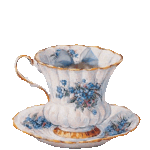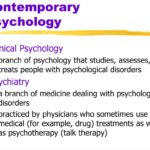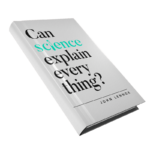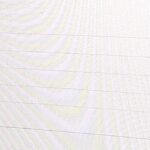Observation in Science: Definition, Types, and How to Apply It with Rigor
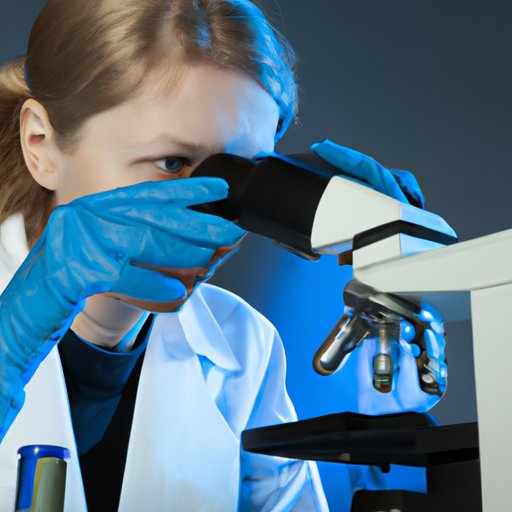
Overview: What Observation Means in Scientific Work
In science, observation is the deliberate, systematic act of gathering information about natural phenomena through the senses and measurement tools, forming the foundation of questions, hypotheses, and experiments. It is both the starting point and a recurring activity throughout the scientific method, which depends on careful, critical noticing and reliable data recording [1] [4] .
Why Observation Matters in the Scientific Method
Observation launches inquiry by revealing patterns and anomalies that raise testable questions. In the scientific method, researchers observe, ask questions, form hypotheses, test those hypotheses, analyze results, and refine understanding. Observation appears at the beginning and again during data collection, ensuring empirical grounding and reproducibility [1] [4] . High-quality observations make hypotheses more precise and experiments more efficient, while poor observations can mislead entire lines of research.
Definition and Core Characteristics
At its core, observation is a
sensory or instrument-assisted
experience that captures facts about the natural world. It involves seeing, hearing, touching, smelling, or tasting, but in modern practice it increasingly relies on calibrated instruments to extend the senses and reduce error. Any data recorded during an experiment-measurements, images, time series-can be considered observations when captured systematically and with context such as time, place, and conditions
[2]
[3]
.
Scientific observation emphasizes careful attention , documentation , and skeptical interpretation . Researchers account for cognitive biases and perceptual limitations by using standardized protocols, inter-observer agreement, and devices like microscopes, thermometers, and spectrometers to strengthen reliability and validity [4] [5] .
Types of Scientific Observation
1) Qualitative Observation
What it is: Descriptive noticing without numerical measurement-e.g., color changes, behavioral patterns, phase transitions. Qualitative observations are often the first clue that a phenomenon exists, guiding more targeted, quantitative follow-ups. For instance, noticing that fish congregate at a river bend each morning can lead to a study of dissolved oxygen and flow rate at that site [2] .
How to apply: Define the observation focus (who/what/where/when), create a checklist of attributes, and record time-stamped field notes. Include environmental context such as weather, light, and background activity to aid interpretation and replication.
Challenges and solutions: Subjectivity and selective attention can bias notes. Mitigate by training observers on a shared codebook, conducting pilot sessions to align interpretations, and using photo/video records to corroborate written descriptions [5] .
2) Quantitative Observation
What it is: Measurement-based observation yielding numerical data-e.g., temperature, mass, intensity, frequency, counts. It enables statistical analysis, hypothesis testing, and model building. Any instrument reading or count recorded during experiments constitutes an observation when captured under a defined protocol [3] .
How to apply: Select appropriate instruments with known accuracy and precision; calibrate before use; document units, uncertainty, and calibration certificates; and record raw data with timestamps. Use data loggers when feasible to reduce transcription error.
Challenges and solutions: Instrument drift, parallax, and environmental interference can degrade data quality. Address by routine calibration checks, blinded replicates, environmental controls, and error propagation analysis during reporting [5] .

Source: artofit.org
Direct vs. Indirect Observation
Direct observations come from firsthand sensing or measurement-e.g., counting toads after irrigation. Indirect observations are drawn from existing literature, remote sensing, or secondary datasets, which can still catalyze new questions and hypotheses. Both are legitimate starting points in the scientific method and often complement each other in modern research workflows [1] .
Step-by-Step: How to Conduct Rigorous Scientific Observations
- Define the objective and scope. Specify the phenomenon, spatial/temporal bounds, and operational definitions for all variables. A clear scope reduces mission creep and supports reproducibility [4] .
- Select methods and instruments. Choose qualitative protocols (e.g., structured field notes) or quantitative tools (e.g., thermometers, spectrometers), and justify each choice based on required accuracy, precision, and feasibility [5] .
- Calibrate and standardize. Calibrate instruments, document settings, and train observers using a shared codebook to reduce inter-observer variability. Conduct a pilot to test the workflow [5] .
- Collect data systematically. Use time-stamped entries, consistent units, and predefined intervals or event triggers. Capture environmental covariates (e.g., temperature, humidity) that might influence outcomes [3] .
- Document uncertainty and context. Record instrument ranges, error margins, and any anomalies or deviations from protocol to enable proper analysis later [3] .
- Validate and triangulate. Cross-check with replicate measurements, independent observers, or alternative instruments. Where possible, compare direct observations with literature or secondary datasets for consistency [1] .
- Store and share data responsibly. Use structured formats (CSV with metadata), version control, and backups. Provide clear methods and data dictionaries to support reproducibility and peer review [4] .
Tools and Technologies that Strengthen Observation
Because human senses are fallible, scientists rely on instruments to extend capability and reduce bias. Common tools include microscopes, telescopes, spectrometers, scales, thermometers, oscilloscopes, cameras, and data loggers. These devices help overcome limitations such as optical illusions, memory errors, and inconsistent perception, improving the accuracy and repeatability of observations when used with calibration and standardized procedures [3] [5] .
From Observation to Question, Hypothesis, and Test
Observations become productive when they lead to specific, testable questions . For example, observing increased toad presence after lawn irrigation may raise the question: does soil moisture predict toad density? That question supports a falsifiable hypothesis and a measurable experimental design. The scientific method emphasizes careful observation coupled with rigorous skepticism to guard against cognitive biases when transitioning from noticing to theorizing and testing [1] [4] .
Real-World Examples
Field ecology: A biologist logs daily counts of pollinators at flowering plants, noting time, temperature, and wind. Qualitative notes (species behavior) guide the quantitative plan (standardized 10-minute counts each hour). The combination supports statistical analysis of activity patterns and environmental drivers [3] .
Molecular biology: An observed change in protein expression after gene editing prompts targeted assays to quantify fold change across replicates, transforming a qualitative observation into robust quantitative evidence [2] .
Public health: Reports of elevated birth defects during wartime led to questions about environmental exposures, illustrating how indirect observations in reports and literature can catalyze focused causal investigations under the scientific method framework [1] .
Common Pitfalls and How to Avoid Them
Perceptual bias and illusions: Human perception can be misleading; use instruments, blinding, and standardized vantage points to reduce bias. Document protocols and apply inter-observer reliability checks [3] [4] .
Selective recording: Predefine variables and intervals to prevent cherry-picking. Use data loggers and automated capture where feasible to ensure completeness [3] .
Poor metadata: Missing context (units, time, location, conditions) makes observations hard to interpret or replicate. Adopt a metadata checklist and templates to enforce completeness across observers and sessions [5] .

Source: littlebinsforlittlehands.com
Actionable Implementation Guide (For Students, Educators, and Teams)
Set up a simple observation study: Choose a local phenomenon (e.g., daily temperature vs. insect activity). Write an objective, list variables, pick tools (thermometer, notebook), and define time windows. Create a data sheet with date, time, location, variable, value, unit, and notes fields. Pilot for two days, then run for two weeks. At the end, chart the data and draft questions for next steps [2] [3] .
In lab courses: Before each session, calibrate instruments and document settings. During the session, record raw values and uncertainties. After, compare inter-group observations to assess reproducibility and discuss discrepancies in a brief methods audit [5] .
Without relying on links: If you cannot verify official websites for additional materials, search by program or agency name (e.g., “university field methods manual,” “spectrometer calibration guide,” “observer reliability checklist”) through your institution’s library portal or well-known academic databases. Ask a faculty librarian for help locating peer-reviewed methods guides and standard operating procedures.
Key Takeaways
Observation is the disciplined, documented acquisition of information through senses and instruments, integral to every phase of the scientific method. Robust practice depends on clear objectives, standardized procedures, calibrated tools, and careful recording of context and uncertainty, enabling reliable questions, hypotheses, and tests that advance knowledge [1] [4] [5] .
References
[1] LibreTexts (2021). The Scientific Method: observation and steps.
[2] Study.com (n.d.). Scientific Method & Observation: definition, steps, examples.
[3] Explorable (2009). Scientific Observation: collecting empirical evidence.
[4] Wikipedia (ongoing). Scientific method: careful observation and skepticism.

